Proposed Title:
FPGA Implementation of Low Power DDR based Dual Content Addressable Memory
Proposed System:
- In proposed architecture is addressable the 128bit input data in the memory by using SCN-CAM methodology.
- Re modified the architecture with support of DDR Based Dual CAM Design
Advantages:
- Increased Speed
- Less Area
- Low power consumption
Software Implementation:
- Modelsim 6.5b
- Xilinx 14.2


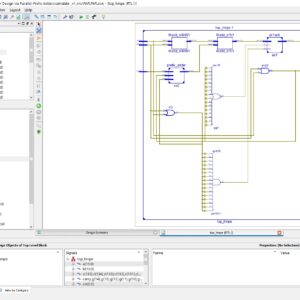
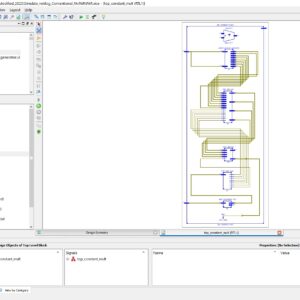
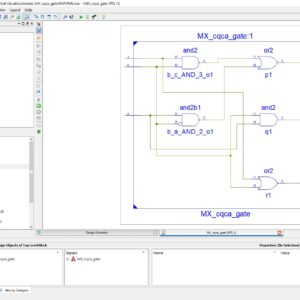
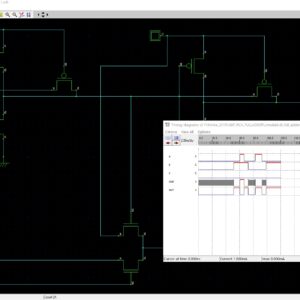
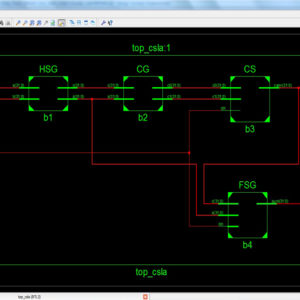
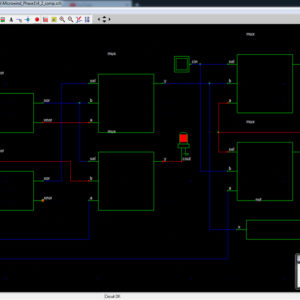
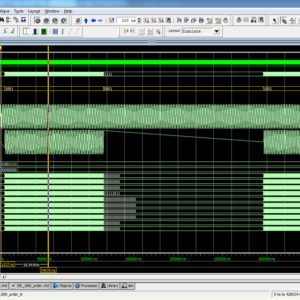
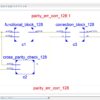
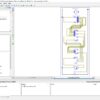
Reviews
There are no reviews yet.